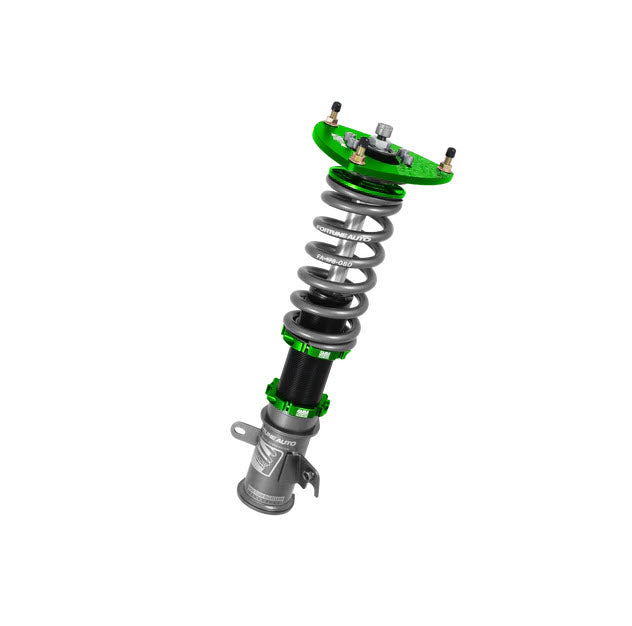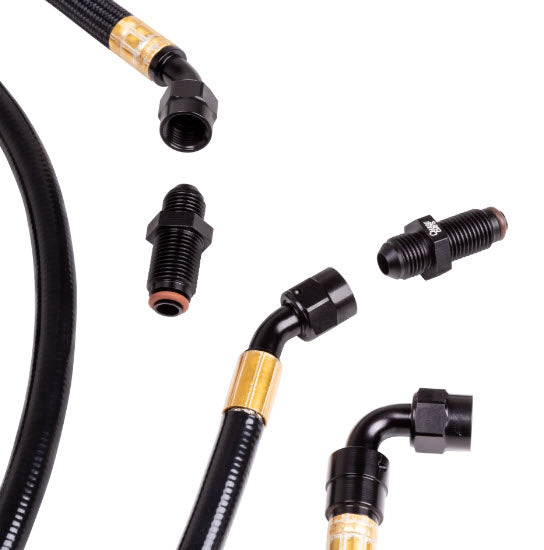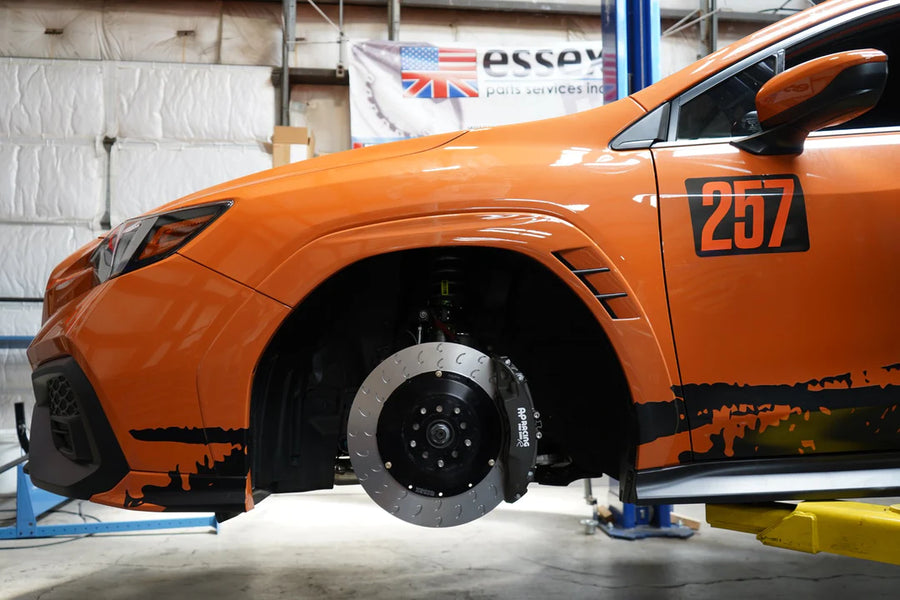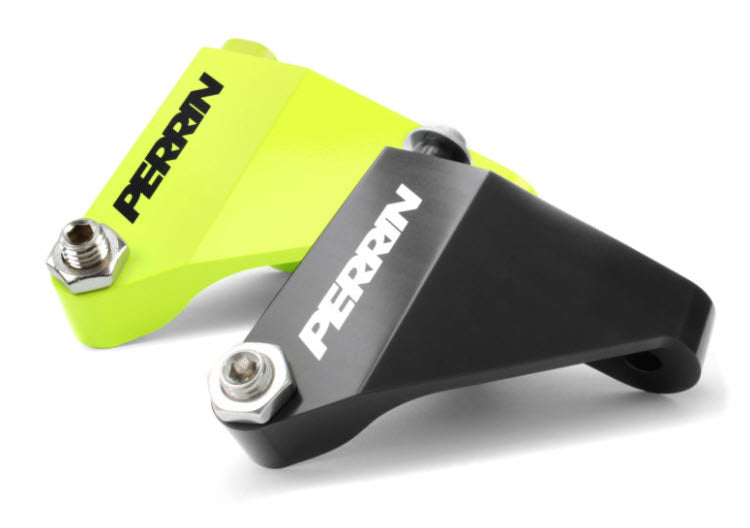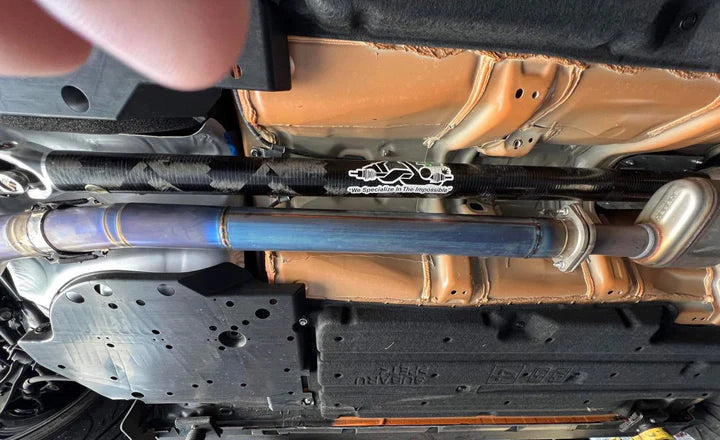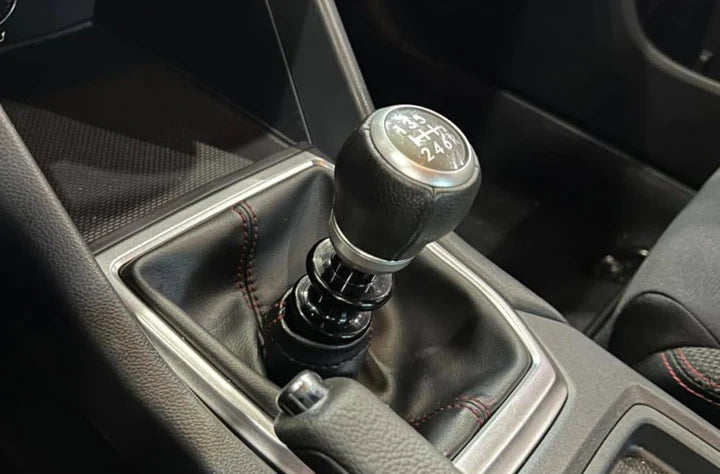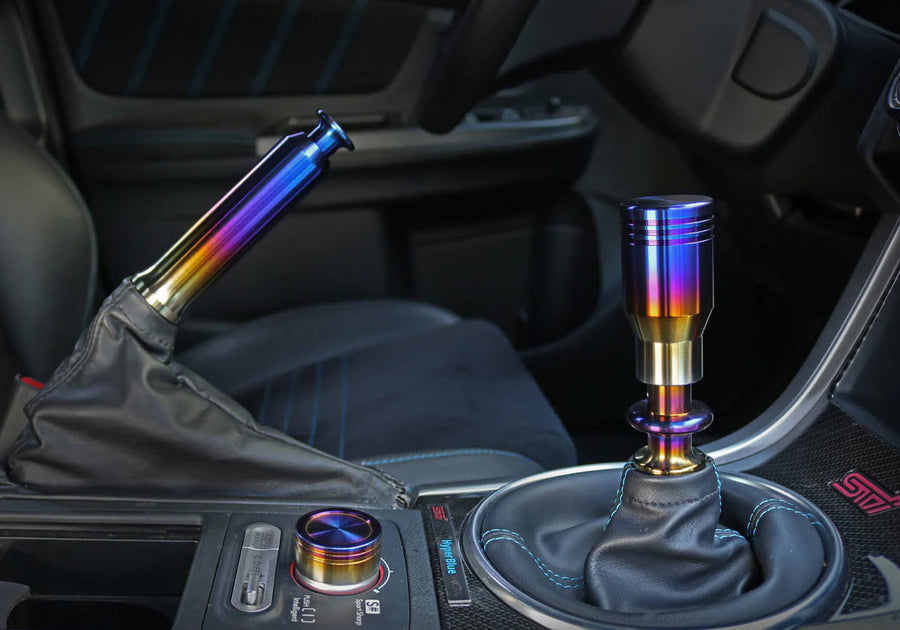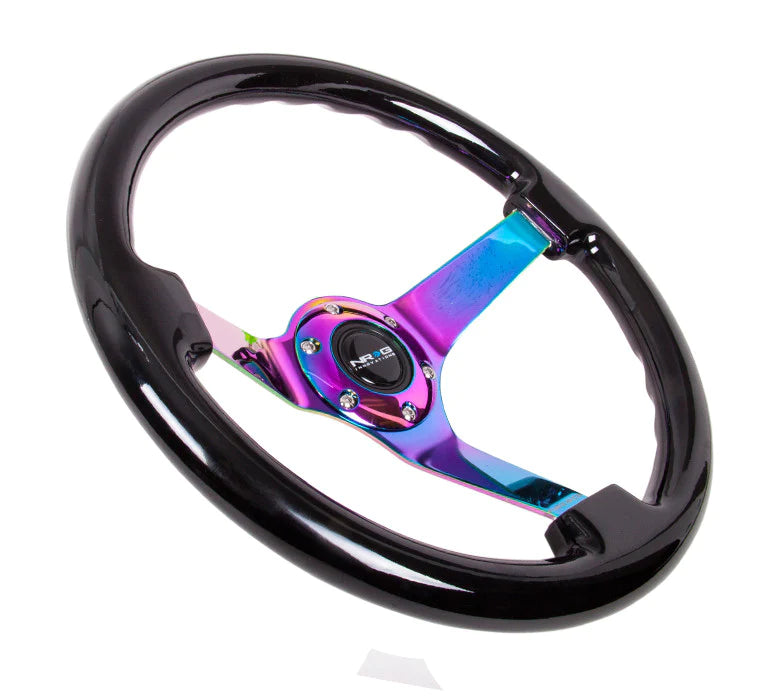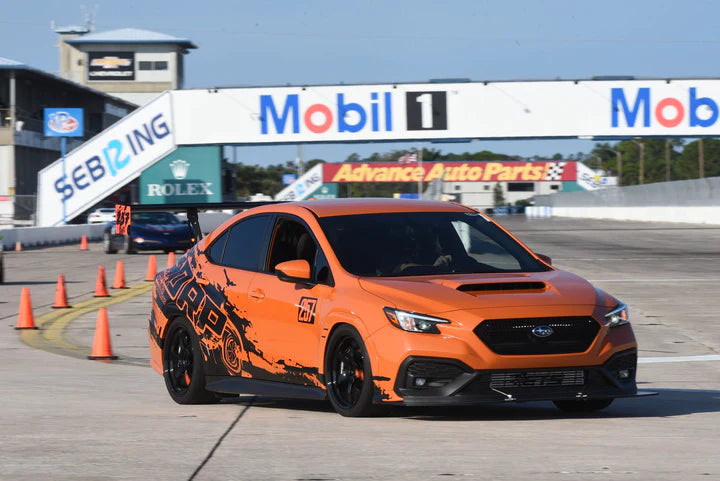DIY Guide to Installing a Front Bumper Guard

A front bumper guard is a great addition to any vehicle as it helps protect your bumper. While bumper guards don’t prevent damage from an accident and can only protect your vehicle from low-speed and low-impact crashes, they’re still worth the investment.
A bumper guard can do a lot to protect your grill details and lights from debris or other small damage. If you’re looking for a front bumper guard, use this DIY guide to install one.
Gather Your Tools
The first thing you’re going to need to install a bumper guard is the right tools. While you should always have a tool kit handy whenever you work on a vehicle, you’ll want some specific tools to get the job done, like:
- A ratchet and hand wrenches with sockets
- Screwdrivers
- Penetrating lubricants
- A die grinder
- A power drill and accessories
You’ll also need to get the right bumper guard for your vehicle. For example, a Subaru Ascent bumper guard won’t fit on a Toyota RAV 4. Once you have the tools and the bumper guard, you’ll have everything you need to put a guard on your front bumper.
Prepare a Work Area
When working on a vehicle, you need space to maneuver. Working on a car can pose risks, even if it’s a simple repair, and you don’t want clutter to increase that risk. Your best bet is to prepare a garage or some other indoor location that’s big enough for your vehicle and gives you plenty of room to work safely. Clutter can increase your risk of injury.
Clean your Front Bumper
Before you work on any part of a vehicle, you should first wash it to ensure it’s clean. Dirt and grime can cling to your vehicle, damaging the parts and body of your car. If you don’t clean your car before installing a new part, you may damage or speed up the wear on your vehicle. Additionally, the dirt can make it harder to attach the guard and make it more dangerous for you as well.
Install the Guard
Now that you have all the tools and parts ready for assembly, you can start the installation. Park your vehicle inside the space you have for it after you clean it. Be ready to work on your vehicle for at least 30 minutes to an hour, if not more, to get the bumper guard on.
Find the Holes
When you start, the first thing you need to do is find the holes inside the vehicle’s frame that should sit near and around the front bumper. These holes normally have bolts to hold things in place. You’ll need to loosen the bolts and remove them, which may require lubricant. Once you loosen the bolts, it’s time to move on to the next step.
Put in the Lower Bracket
The lower bracket should line up with these holes, as long as you have brackets that match the make and model of your vehicle. Hold these brackets up to the hole and attach them using bolts to hold them in place. If you have bolt plates, it’s best to use them instead of bolting directly to the brackets and frame.
Attach to the Pass-Through Hole
Not everyone will need to take this step, but it may be a requirement depending on the make and model of your vehicle. Some brackets and bumper guards need a pass-through hole to attach properly. Have someone else hold the bracket in place and mark where it attaches so you can use the die grinder to make small holes where necessary.
Mount the Upper Bracket
Once you have the lower bracket loosely in place, it’s time to get the upper bracket in place with it. Take your time to line this up and consider calling over a friend to make it easier. Loosely attach the upper bracket to the vehicle and the lower bracket, reshaping it if necessary.
Align the Brackets
The next step is to adjust the brackets so they properly line up with each other and with the holes on the vehicle. At this point, everything should be in place, but always double-check before you tighten any bolts too much. You want loose attachments so aligning is easier.
Adjust the Brackets to the Guard
The guard is the last thing that needs to go on the brackets before you finish the modifications. If you have a friend, have them help support the guard so you can easily adjust the brackets to fit the guard while still attaching it to the vehicle frame.
Install the Guard Piece
To install the guard piece, you just need to line up the holes in the brackets with the holes in the guard piece, and it should bolt in easily. If your guard has any extra parts like a support tray, then you just need to line up the tray with the lower bracket first and attach it, then move to the upper bracket and attach it there too.
Tighten Everything Up
Once you have everything in place and holding together, it’s time to go back through and tighten up all the bolts that you left loose. It’s important that you do this at the end so you can align everything first and ensure it all fits, but you can’t leave it like this. It’s dangerous to have loose parts and bolts on your vehicle.
Move Your License Plate
One of the problems with bumper guards is that they block your license plate. This may not matter depending on your state and local laws, but many states require a front-facing license plate. If you need, you can attach the license plate by installing a relocator bracket on your vehicle.
While a DIY project like this may seem complex at first, it makes a lot more sense when you have the parts in front of you and a friend to help. You can attach a front bumper guard yourself by following this guide. That way, you can get your guard and use it all on your own rather than paying a mechanic to install it for you.



